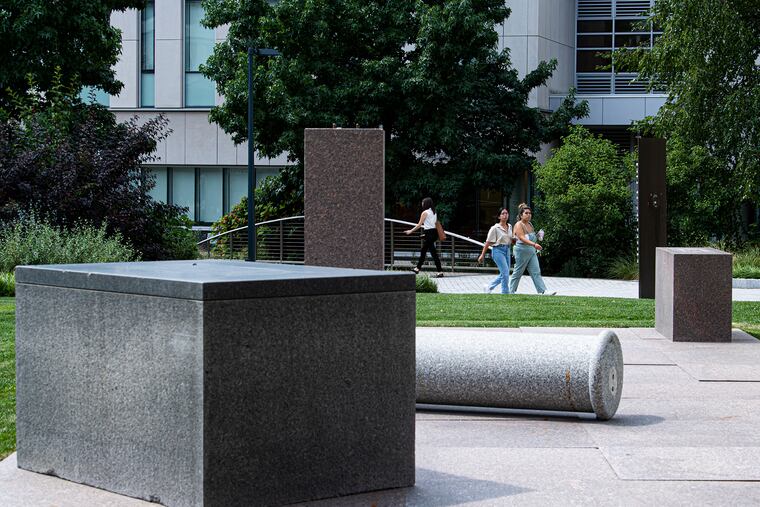How a monument to no one found a home at Drexel University
Theaster Gates' art installation, Monument in Waiting, was born during the turbulent summer of 2020 when monuments to Confederate "heroes" were coming down all over the country.

Theaster Gates' art installation, Monument in Waiting, was born during the turbulent summer of 2020 when monuments to Confederate "heroes" were coming down all over the country.
